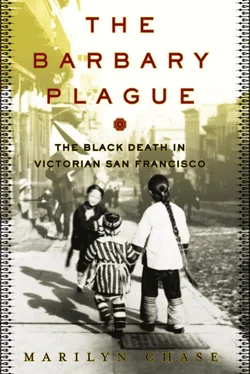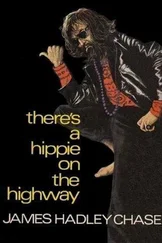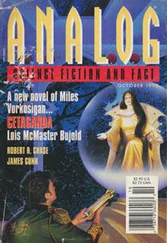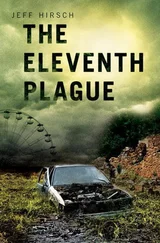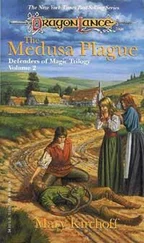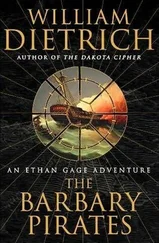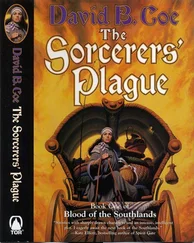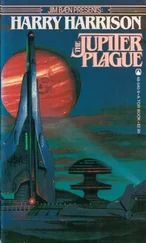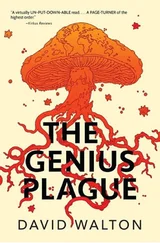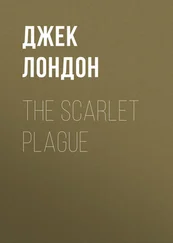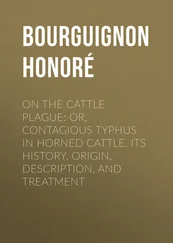Newcomers to the port of San Francisco sailed or steamed through the Golden Gate and waited while their vessel lay at anchor in the bay’s quarantine station off Angel Island. If you were Chinese, they probed your glands, peered into your throat, and bathed you with disinfectants. If you were white, the doctors spared you the antiseptic baptism. However, you still had to open your mouth for the doctors, and your luggage for the inspectors, before landing at the dock of the Pacific Mail Steamship Company.
The long, low, shedlike warehouse maintained separate reception rooms for the arrival of whites and Chinese. In one room, Victorian travelers disembarked and reunited with their families after a Hawaiian cruise. In another room, immigrants in their padded jackets and cloth shoes were received. Women in silken coats and tiny platformed sandals were claimed by their husbands. Fresh-cheeked country girls were delivered over to madams who dressed in black and wore rings of keys to their cribs in the flesh trade. 6
Wagons carried them uphill to Chinatown. A dozen blocks in the heart of the city, Chinatown was a village of balconied brick-and-wooden tenements, incense-spiced temples, groceries hung with mahogany-glazed ducks, pyramids of onions and cabbage, and mounds of oranges and pale jade melons.
Sheltering as many as twenty thousand to thirty thousand Chinese, the neighborhood was a teeming outpost of the empire of China transplanted to the Barbary Coast. To the observer, it was visibly a bachelor society, a colony of mostly male laborers sporting American bowler hats atop their traditional queues. Most lived lean, solitary lives in rooming houses, for it was costly to bring families to San Francisco. Wives and children—usually those of wealthy merchants—were in the minority. Barred from attending school with whites, Chinese children were consigned to a segregated school that stopped at the sixth grade.
Whether denizens or California-born, Chinatown’s people relied on the powerful merchants of the Chinese Six Companies to speak for them. It was a consortium of district associations, composed of people who had come from various regions of China. Also known as the Chinese Benevolent Association, the group wore many hats: It was part philanthropic society, part informal diplomatic corps, and part Chamber of Commerce. It raised funds for the poor, fought bias, and mediated between Chinatown and the city’s white power structure. When turf wars broke out between the tongs—secret societies that controlled gambling and prostitution—the Chinese Six Companies played peacemaker. When Caucasian law discriminated against the Chinese, the Six Companies hired lawyers and went to court. A council of elders for the expatriate community, it helped its people navigate a turbulent white society while they lived, and return their bones to China when they died.
Chinatown’s main thoroughfare was Dupont Street, Do bahn gai in the local dialect. City fathers would later rename it Grant Avenue, but it remains Dupont Street among the old-timers to this day. To the west rose the hotels and mansions of Nob Hill. To the east stretched the financial district, the dockside shipping companies, and the gray silken mirror of the bay. To the south lay the smart shops, restaurants, and theaters—as well as the brothels—clustered near Union Square. To the north were the Barbary Coast saloons and the Latin Quarter, where Romance languages filled the air and bohemian artists met over rough red wine. Few of these enticements were open to Asians—especially poor Asian laborers. 7
Victorian men in bowlers and women in prim shirtwaists came to Chinatown to gawk. Some sipped tea and bought curios. For a few coins, others hired a guide to lead them on a tour through the opium dens. They could watch as the smokers reclined on narrow bunks, cradling the paraphernalia of their bliss in a horn box. First they melted the tarry ball of poppy sap on a wire, and then they packed the bubbling, viscous paste into thimble-size stone pipes fitted with long, thin bamboo stems. Then they sipped the pungent fumes, refilling their pipes again and again, until they reached Xanadu, going slack and glassy-eyed at the vision. Some tourists recoiled at the sickly scent of burning poppy sap, while others likened it to roasting peanuts. There were other secret parlors, the guides confided, off-limits to tourists, where even white men and women partook of the pipe. 8
Of course, Chinatown had no monopoly on vice. It’s said the storyteller Jack London and his friends democratically surveyed cribs of every color. 9Indeed, the epicenter of downtown vice was Morton Street, an alley just off Union Square, where the women were boldly displayed in the shop windows. Later the city would rechristen the passage Maiden Lane.
Chinatown was born, just as greater San Francisco had been, when the glint of gold drew the eyes of fortune seekers. During the 1850s, thousands of men fled their rural villages in the Pearl River Delta of Guangdong Province, whose capital city is Canton, or Guangzhou. They spent weeks at sea in a dark and vile steerage in order to reach the land they called Gamsaan—“Gold Mountain.” In the 1860s, the railroad bosses recruited still more Chinese to help them blast through the Sierras, lay the track, and pound the spikes of the transcontinental railroad. When those jobs were done, the Chinese left the mines and the rails to pick plums and cut asparagus, following the harvest seasons from the fields of California to as far north as the orchards of Washington and the fisheries of Alaska.
In town, the Chinese washed clothes, stitched shirts, cobbled shoes, and rolled cigars. At the Palace Hotel, they worked as cooks or donned livery as doormen, wielding scoops after the horses that clopped into the carriage entrance. They were butlers and chefs for the hostesses of the haut monde. As laborers, they were discreet, hardworking, and cheap. As small-business owners, they helped form a rising merchant class. Their industry was rewarded with plenty of work in the land of the Stars and Stripes, or, as they called America, “the flowery flag nation.” They became indispensable.
As long as times were good, the Chinese were accepted, but a late-nineteenth-century depression turned the tide. Formerly prized for their productivity, the Chinese now were cast as cunning and insidious job stealers. The incendiary white labor leader Dennis Kearney stirred up sandlot rallies that turned into riots under the war cry “The Chinese must go.” 10Cobblers in the White Labor League stamped their shoes with a mark that guaranteed that no Chinese hand had worked the leather. By buying Caucasian products, consumers were told, “[y]ou will be helping the White shoemakers of this city and State to support themselves and their families.” 11Soon the scapegoating broadened. Chinese were blamed not only for stealing work from white men, but for corrupting the city’s youth with opium and prostitution and for spreading disease. 12
Politicians moved to mollify these fears through passage of the Chinese Exclusion Act in 1882, a law barring the entry of so-called coolie labor. The very word coolie —from the Indian Kulī —conjures up low-caste laborers or bearers of burdens for white masters. As the twentieth century dawned, colonial condescension still engendered hostility that often boiled over into acts of violence.
Strolling the boardwalks and cobblestone streets of San Francisco in 1900, one might see a Chinese man get his queue yanked hard or even chopped off. The long, jet pigtail was a sign of loyalty to the Manchu Dynasty, and a passport home if things became unbearable. Some say these clashes between East and West gave birth to the word hoodlum —after the cry of “Huddle ’em!” shouted by young white toughs accosting a Chinese victim. This might seem fanciful, but even if apocryphal, it holds a kernel of truth. 13
Читать дальше
